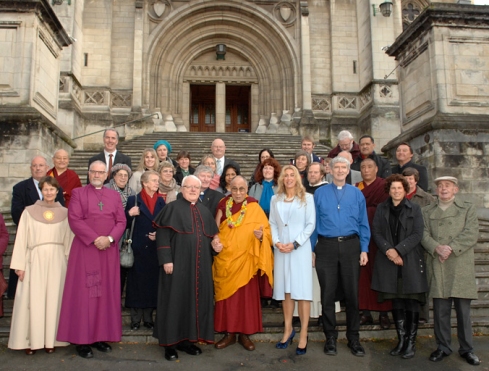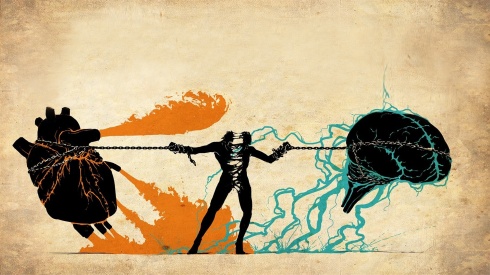Have you ever wondered: What is the current role of religion in our society? Does religion do more harm than good? What does the future of religion look like?
Are churches, temples, mosques and religiously-affiliated nonprofits serving the greatest good of the community (or even the greatest number of common values of community members) with their programs and outreach?
We depend on religious institutions to grapple with life’s big questions and to provide peace and counsel in times of pain and suffering. We rely on them to connect individuals, families, neighborhoods and communities not only physically through face-to-face experiences and in service to others, but also virtually online.
Can we not also depend on them to evolve — to address the needs, values and beliefs of the world — to transcend and include?
Religious communities convene people physically in rooms together, but let us foster connections between the interior dimensions of those same individuals, families, and neighborhoods. These connections are formed around common values and teachings and this shared, intersubjective space called “we” is where the seed of the greater good can be planted.
Sometimes we are told that the teachings of science and religion contradict each other. But there are plenty of ways that science and religion might exist together, as two dimensions of our very complex reality. These subjects should be taught early and often as our ability to understand and our perception of the world changes over time. Certain amounts of doubt and skepticism to balance out our faith and wisdom can be healthy. Believing something (until we don’t anymore) is good for us — it keeps us flexible, responsive, engaged and alive.
THE SPIRIT OF THE COSMOS
In Sanskrit, the word namaste means that there is a light (Spirit, consciousness) inside of me that is identical to the light inside of you. There have been empirical scientific discoveries that explain this connection (from mirror neurons to quantum entanglement). And we also know from watching episodes of Cosmos that the matter that comprises the universe is at the same time connected by — and cradled in — vast regions of invisible or “dark” matter. Dark matter is involved in both the attractive and gravitational force between celestial bodies (that which keeps our worlds in place) as well as the repulsive force between solar systems (that which keeps our universe expanding). It is that same ubiquitous, unifying, dynamic and regenerative force that some call “God.” (May that force be with us, always).
We are still in the transition from modern to post-modern (hierarchy to holarchy, “text to context”), and we may have a tendency to rely too heavily on the advances and authority of science. We may feel we have outgrown the tribal and magical traditions of our ancestors through thousands of years of transcending and including. New stages always include those that have come before. Matthew Fox, the iconoclastic founder of the Creation Spirituality movement, once said, “we are not born onto this earth, but from it.” If we give ourselves permission to access and honor (even exalt) our tribal/magical roots, it may be through this process that we extend the much-needed consideration (not just behavioral change) to the ground from which we have come — showing our planet the same love and respect that we would show an elder.
Our planet, our people and our future are badly in need of a spirituality that is not rooted in erecting boundaries and “either/or” thinking. Our spirituality should be one of “both/and” — a spirituality that radically includes the forms of masculine and feminine, inner and outer, individual and collective, faith and practice.
There are many forces at work in the Cosmos, many opportunities for us to be over-stimulated or distracted, many different ways to express love. Our spirituality shouldn’t force us to choose sides against men, women or even love itself.
Let us not assume “safe” ways of thinking. And let us never affirm that thought itself is dangerous. Exercising our intellect might even be part of our spiritual practice. We might even embody a spirituality that is both creative and self-critical — a spirituality that holds more than one belief at a time.
But what does this have to do with religion? Can’t a person be “spiritual” but not “religious?” Continue reading





 e are born. We are taught to communicate. And most of us are immediately asked to choose a side.
e are born. We are taught to communicate. And most of us are immediately asked to choose a side.

 ou know that moment when the sand at the bottom of the hourglass starts to cave in toward the center? And it seems like suddenly the grains start to quicken, to pick up speed. But it’s an illusion, right? They don’t really move any faster, do they? Time doesn’t speed up if we have less of it. Or does it?
ou know that moment when the sand at the bottom of the hourglass starts to cave in toward the center? And it seems like suddenly the grains start to quicken, to pick up speed. But it’s an illusion, right? They don’t really move any faster, do they? Time doesn’t speed up if we have less of it. Or does it?

